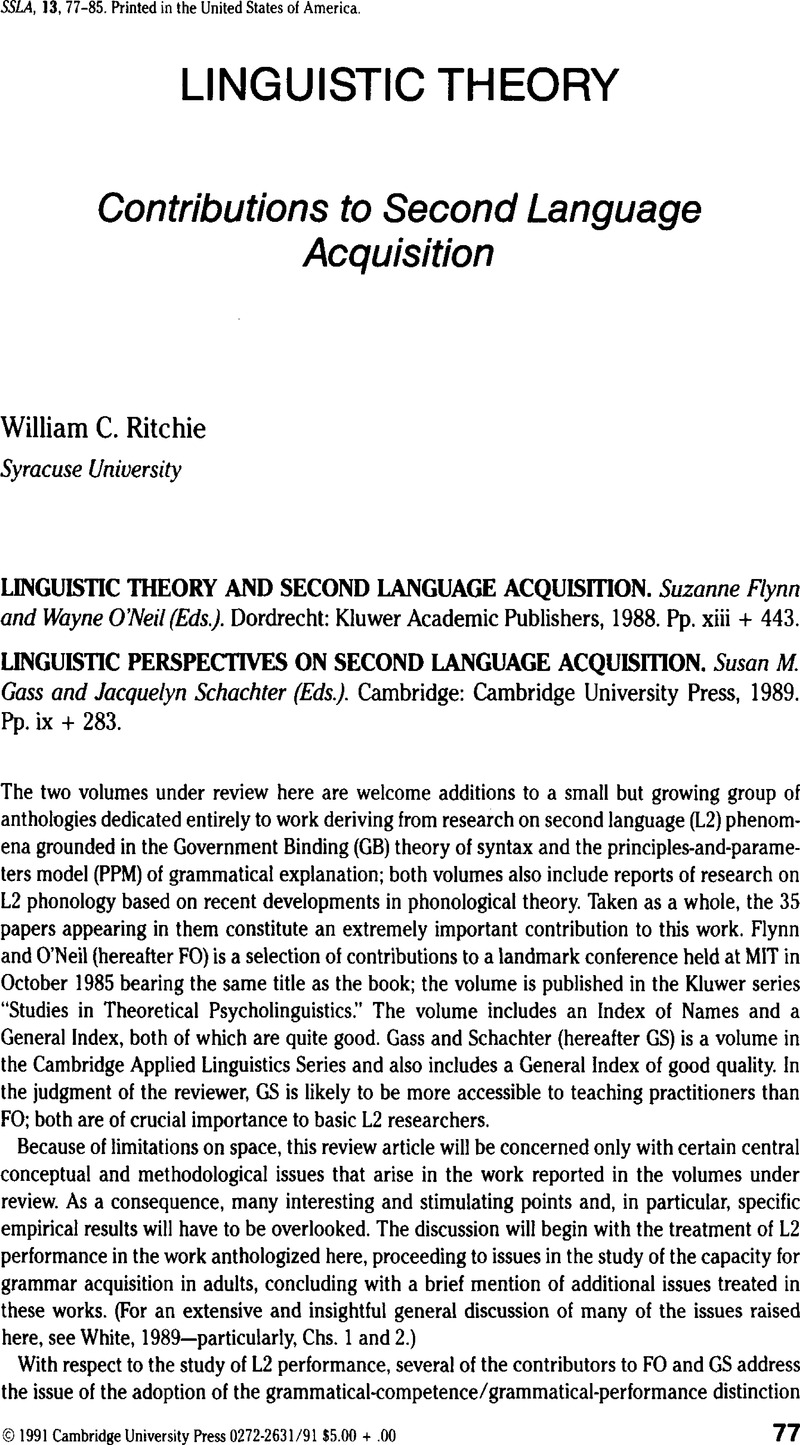Bates, E., &
MacWhinney, B. (
1981). Second language acquisition from a functionalist perspective: Pragmatic, semantic, and perceptual strategies. In
Winitz, H. (Ed.),
Annals of the New York Academy of Sciences conference on native and foreign language acquisition (pp.
192–
214).
New York:
New York Academy of Sciences.
Google Scholar 